The Dolomites bring to mind a host of superlatives, “Les Dolomites sont le plus belles constructions du monde” (Le Corbusier,1950), “They are unlike any other mountains, and are to be seen nowhere else among the Alps” (John Murray,1837). More poetically our very own Italian writer Dino Buzzati exclaims “Sono pietre o sono nuvole? Sono vere oppure un sogno?(1956)” Are they real or a dream?
Dolomites UNESCO World Heritage
There is no doubt that these are very special mountains and in 2009 were awarded with UNESCO recognition as a natural world heritage site.
Besides their natural beauty there is a whole story to be told of the human presence over the course of millennia. It has profoundly modeled the Dolomites and its landscape. It is here for us to enjoy.
Every meadow and pasture below the timber line is the result of the clearing of the forest in the past. Were it not for this action, trees would still cover most the landscape with the exception of the high altitude meadows where climatic conditions are prohibitive for their growth.
This is just one example of how man has modified the landscape, but the presence of urban dwellings high in the mountain valleys and numerous trails are a stark and clear reminder that people have inhabited the Dolomites for a very long time. We would wish they were pristine and untouched by human-kind, but arguably the impact for the most part has been benevolent.
Le Regole, or Common Law – a powerful form of democracy since ancient times
In large part the preservation of the landscape in the Dolomites is attributable to a form of rural democracy that is locally referred to as the REGOLE. Although the Regole are found in many communities in the Dolomites the most prominent, and should I add the most effective has been the Regole of Cortina d’Ampezzo. The Regole have a statute called the Laudo and it sets out the rules and regulations for the common use of the pastures, the exploitation of the forests and the maintenance of the roads and foot paths.
1000 years of tradition
The land under its jurisdiction is owned by the local inhabitants and is passed on from one generation to the next under strict norms. The land in question is vast, and in the case of Cortina it has preserved the town from being overrun by a frenzy of speculative construction.
To benefit from the Regole you have to be a REGOLIERE, which is restricted to the founding families. The first Laudo dates back almost 1.000 years in Cortina, and there are currently approximately 1.000 Regolieri. The there is plenty of literature covering le Regole. Not only is it interesting from an academic perspective but it continues to influence local policy and decision-making.
Other factors come to play in shaping the landscape of the Dolomites, especially in the large tracts of land not owned by the Regole. As expected the interaction here has been more complex among the various stake holders, but perhaps a bit naively I like to think that overall the results have been positive. We now have the privilege to continue to enjoy the beautiful Dolomites.
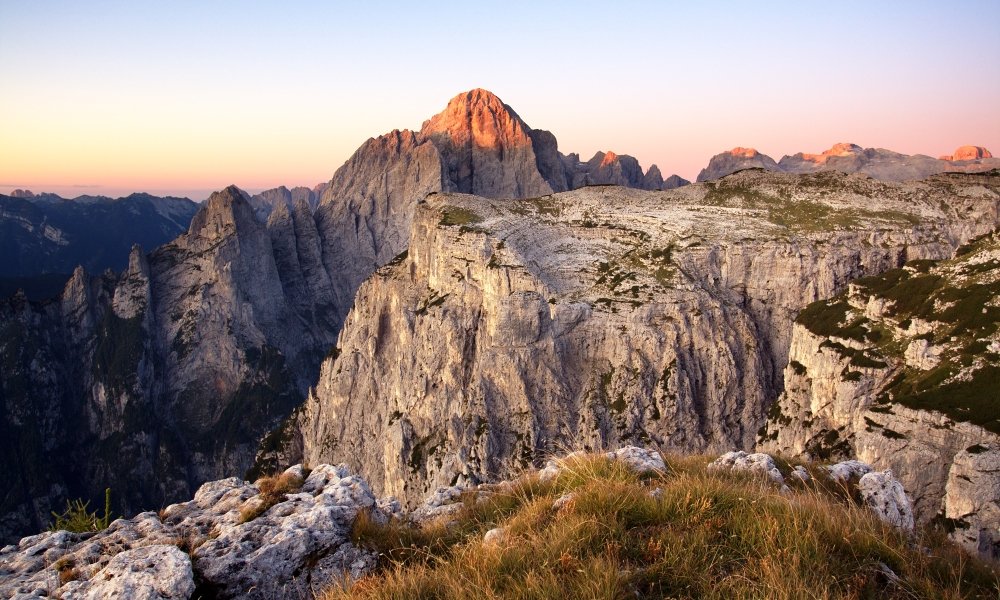
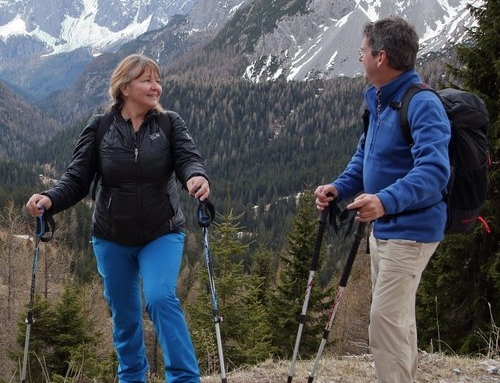
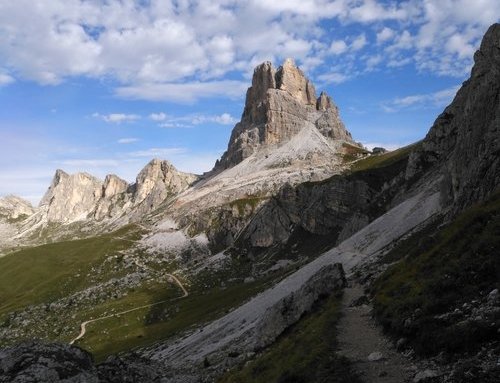
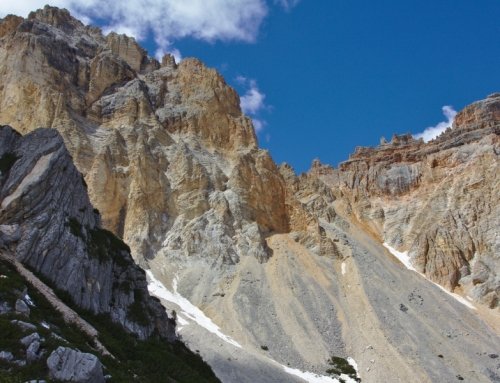
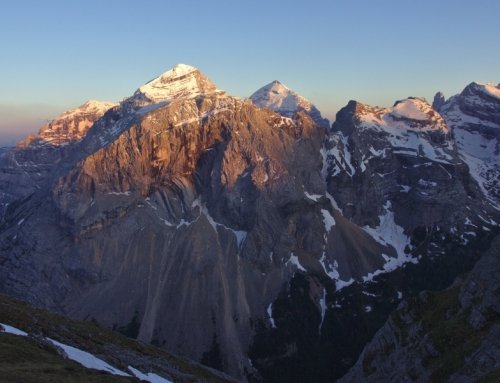
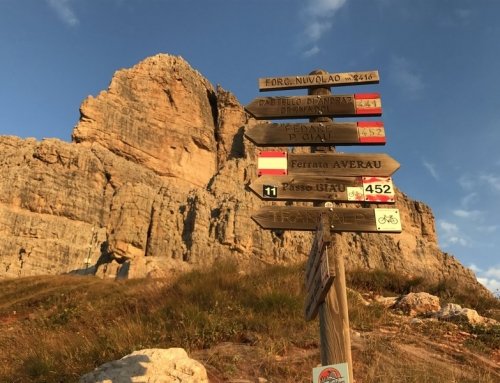
Leave A Comment
You must be logged in to post a comment.